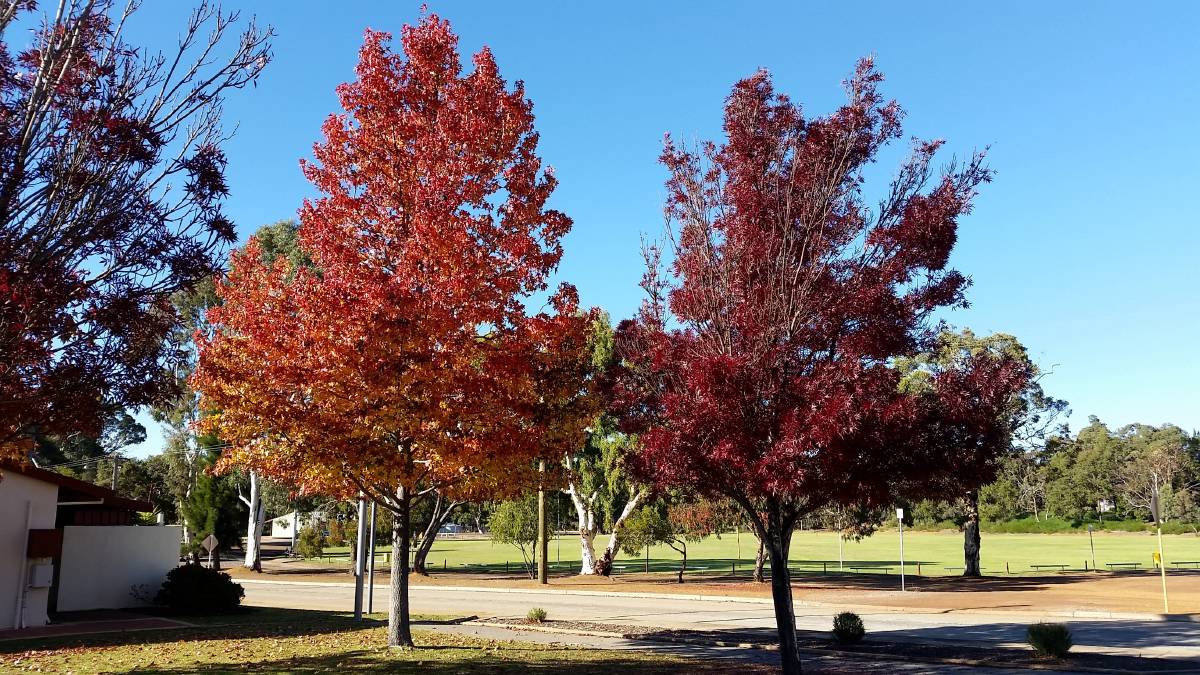Table of Contents
We often use the terms deciduous and evergreen when we talk about trees. But what do these terms mean? These terms usually refer to what happens to the plants at the onset of the winter season. So what does deciduous mean? Deciduous plants are those that lose their leaves at some time of the year. In the UK, this leaf fall coincides with the onset of the winter season.
The leaves of these plants start yellowing in the autumn season and eventually fall at the onset of winter. This is precisely the reason why autumn is also called the fall season. Deciduous trees are perennials that tend to thrive in areas that have a mild, wet season and also areas that have a mild dry season. Unlike evergreen plants, these plants have broad, thin leaf that is more prone to damage by frost and cold hence dropping leaves in the dry season is a form of self-preservation for the plant.
What is the Meaning of Deciduous?
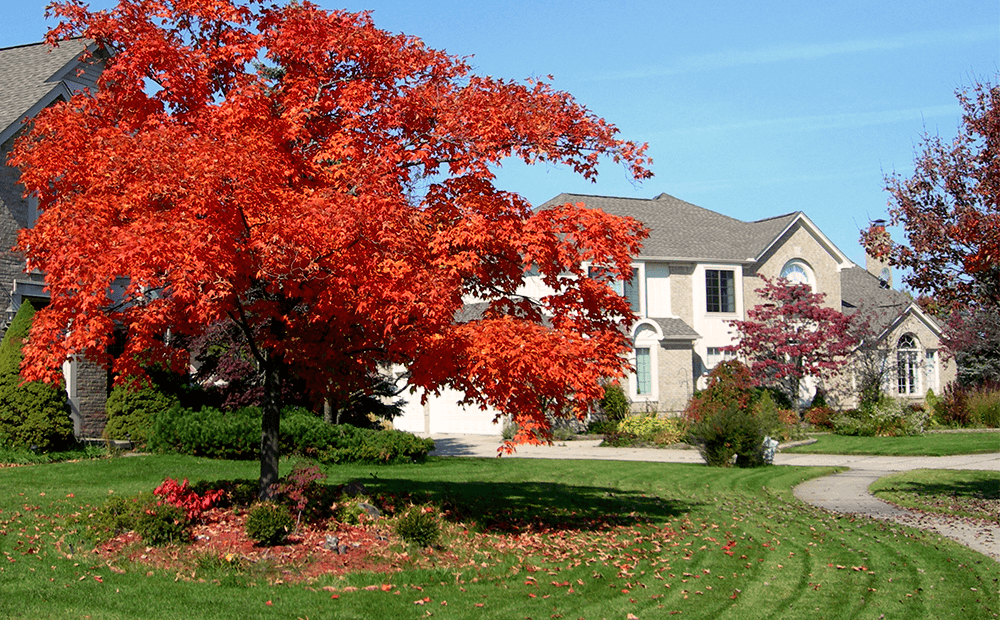
Plants are generally divided into two kinds- evergreen and deciduous. Evergreen plants, true to their name, remain evergreen throughout the year. Their leaves do not just shed off at the start of the dry cold season. Evergreen plants keep their foliage all year round.
Deciduous plants, on the other hand, lose their leaves via a process called abscission at the start of the dry season. Dry doesn’t indicate a lack of precipitation. It merely refers to the lack of available water for the plant. In areas with heavy snow, the groundwater is frozen, and very little is available to the plant. To prevent water loss by transpiration, these plants shed their leaves to avoid dehydration.
An interesting fact of note here is that while evergreen plants have a low leaf turnover from 2 yrs to 30 yrs, all the leaves are of different ages. Deciduous trees, on the other hand, replace all their leaves yearly, and all their leaves are of the same age.
How Do Deciduous Trees Shed Their Leaves?
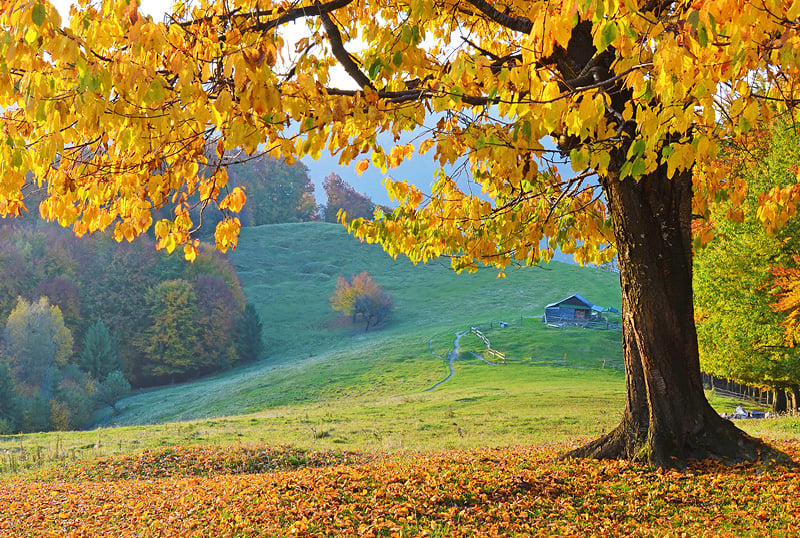
Ever noticed the beautiful fall colours of leaves turning yellow, and red and various hues of reds and browns? It would look like these leaves simply turn yellow and are blown off the trees by the wind. But in reality, the loss of leaves happens via a complex process of abscission or leaf senescence.
In temperate zones, as the days tend to get shorter, chlorophyll production slows down, which leads to the discolouration of the leaves- into shades of yellow, orange, and red.
Abscission
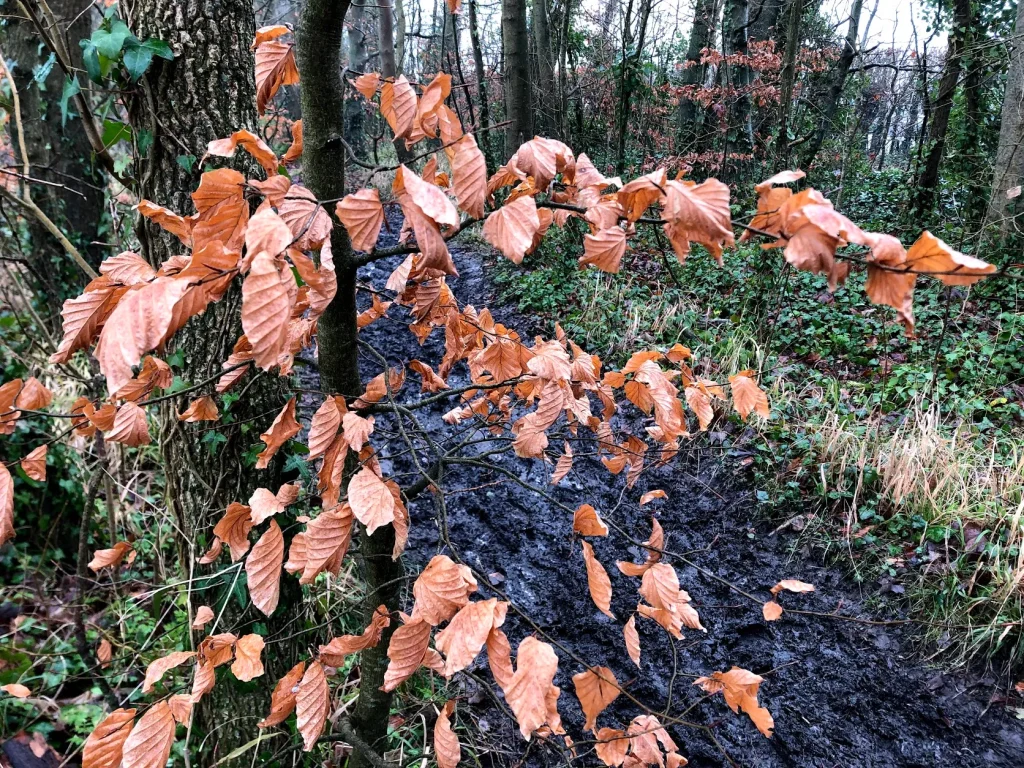
At the onset of the dry cold season, when the leaves have fulfilled their duty of producing food and growth regulators, shutting off the leaves begins. The connective tissue between the leaf and the twig is called the abscission zone.
The connective layer begins to harden and blocks the nutrient transport to the leaf, and the leaf begins to change colour slowly. A tear line of the weakened zone is formed where the abscission zone is blocked, which eventually makes way for the leaf to part from the tree without leaving an open wound. This protective zone seals the wound so that the tree is not susceptible to infection.
At the start of the abscission process, trees reabsorb nutrients from the leaves and store them in their roots for later use. Chlorophyll is one of the first nutrients to be broken down, and that is why we see the leaves turning colour first. The falling of leaves can also help the plants in pollination by the wind in spring. Wind-blown pollen can travel greater distances without the leaves coming in their way.
Why Do Deciduous Plants Shed Their Leaves?
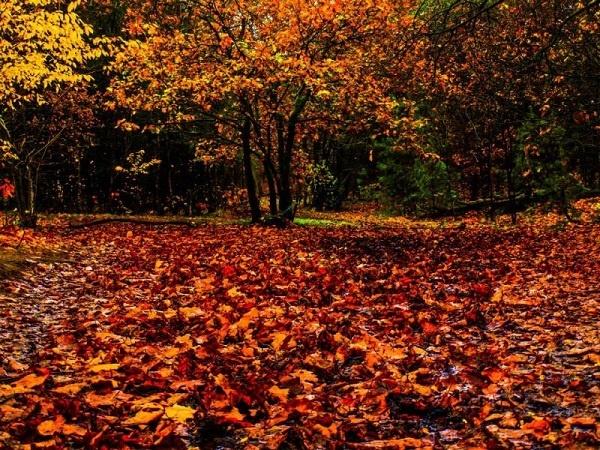
Losing their leaves is a part of the natural life cycle for deciduous plants. It is a natural strategy for these plants as a form of self-preservation during the oncoming months of dormancy.
Shortening of the days at the onset of autumn stops the production of chlorophyll in the leaves. With chlorophyll production lessened, there is a surge of carotenes in the leaves, which are yellow and give the leaves a yellow hue. If the temperature doesn’t dip to freezing levels, anthocyanins are produced, which show up in the leaves as reds and pinks. That is why we see a surge of colours when the season change occurs.
Planting Deciduous Trees
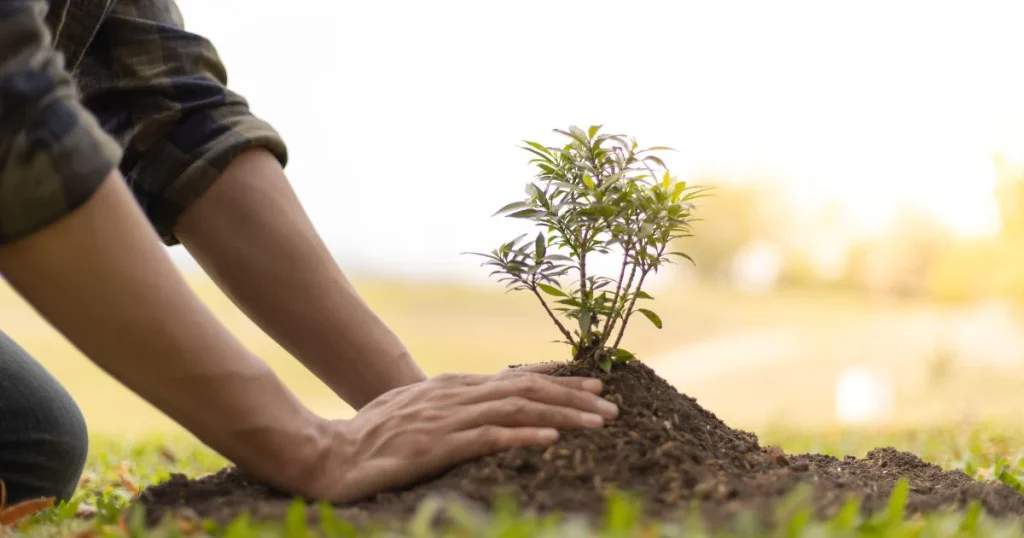
Before planting your deciduous tree, decide on the needs of the plant. What is the kind of soil, light, and temperature it needs, and what is the ideal location as per these needs? These trees are mostly planted with bare roots in the dormant season. Place the root ball into the prepared soil so that it is at least 1 inch higher than the ground level and firm up the soil around it.
It is ideal to water them 2-3 times per week for the entire growing season. It is beneficial to mulch around the base, taking care not to overcrowd the base. It is essential to prune during the dormant season though it may vary from tree to tree. The general rule of thumb is to remove the dead leaves to create an open space for new foliage to grow.
Semi-Deciduous Trees
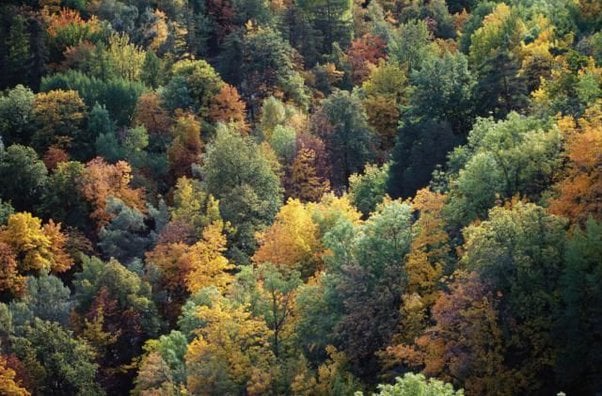
These plants are somewhere between being evergreen and deciduous in nature. These plants lose their leaves at the onset of autumn but rejuvenate rather quickly to grow new leaves. Their periods of dormancy are dependent on the weather. They lose their leaves quickly in the cold and tend to retain their leaves if the weather is milder. Sometimes they also have a tendency to lose leaves as new growth happens.
Some Examples of Deciduous Trees
1. Oak
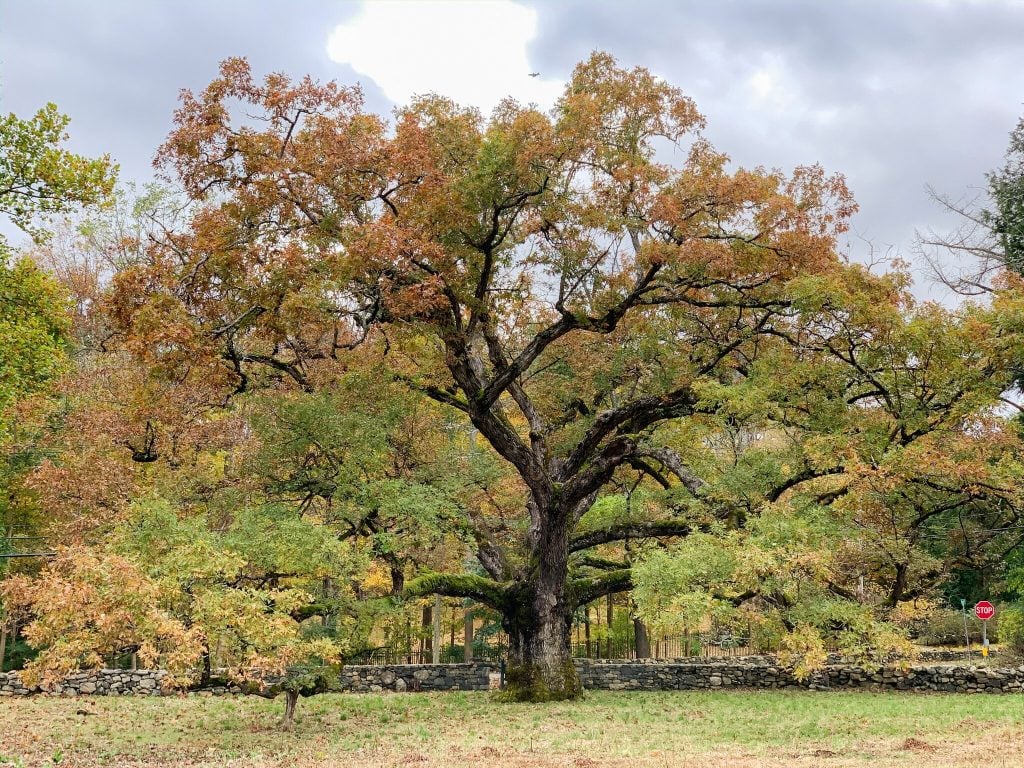
There are 450 different species under the Oak Genus and Quercus, and these trees have broad flat leaves, sometimes with toothed edges. Acorns are the fruits that grow on oak trees. The lumber of oak trees is very durable and is used in construction and furniture making. These trees have impressive lifespans, sometimes living even up to 1000 years though the median lifespan is about 100 years.
2. Birch
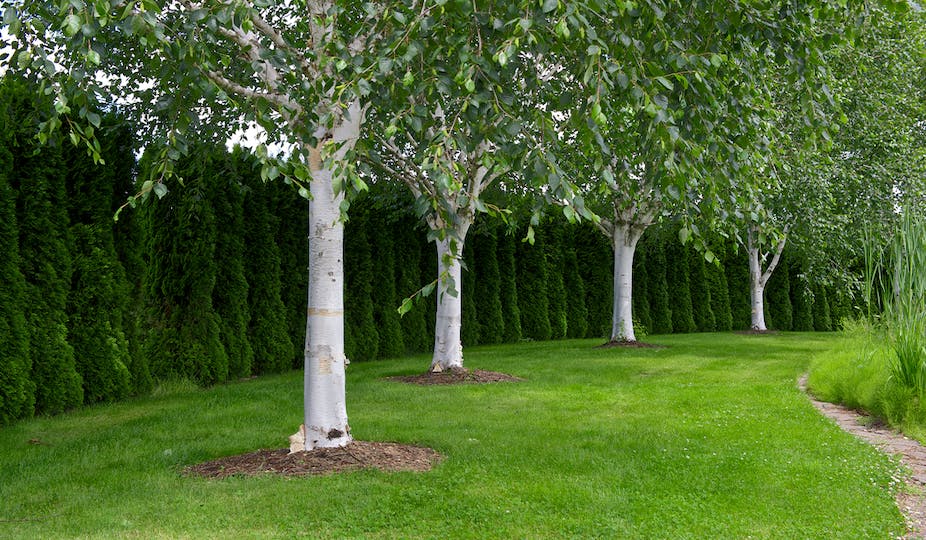
Also known as ‘lady of the woods’, these trees are graceful and beautiful all year round. These trees have stunning white barks, which are used for timber. These trees have egg-shaped leaves with toothed edges, which fall in autumn. Birch is commonly used for furniture making, flooring, panelling etc.
3. Maple
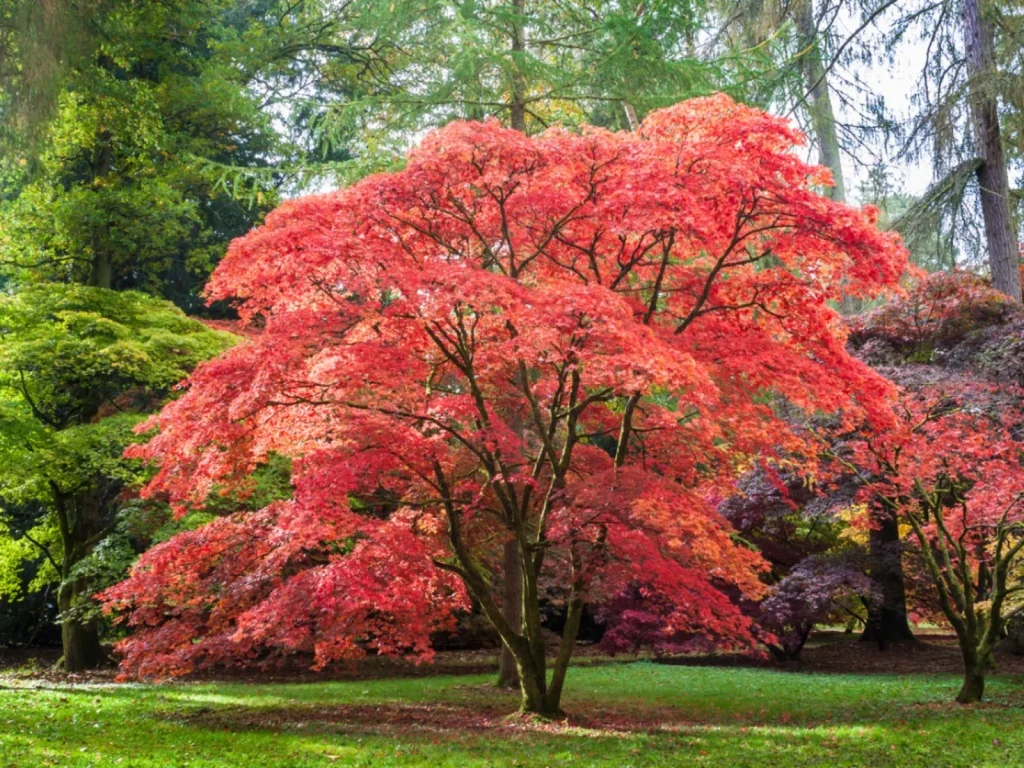
Maple belongs to the genus Acer and has about 200 species of trees and shrubs. Most commonly used for landscaping, Maple trees are considered ornamental due to their natural beauty. The ubiquitous Maple leaves are some of the most striking features of all the fall leaves with their stunning reddish colour. Maple trees produce maple syrup, and the wood is used for firewood, construction, etc.
Some Deciduous Trees for Your Garden
1. Snowy Mespilus
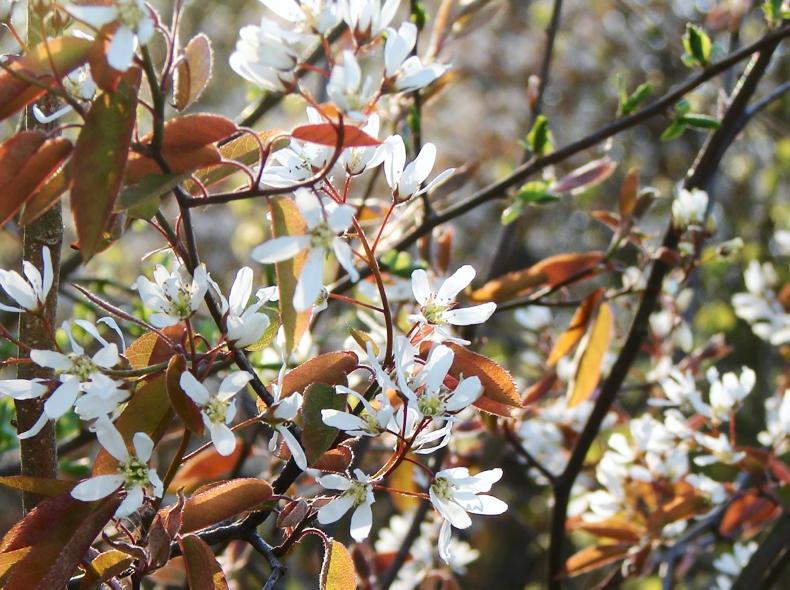
This is a large upright shrub known for its beautiful blossoms and lovely fall colours. It blooms lovely white flowers in spring, followed by red/purple berries, which are edible. It is a hardy plant that thrives well in well-drained soil with full sun or partial sun conditions.
2. Katsura Trees/ Candy Floss Trees
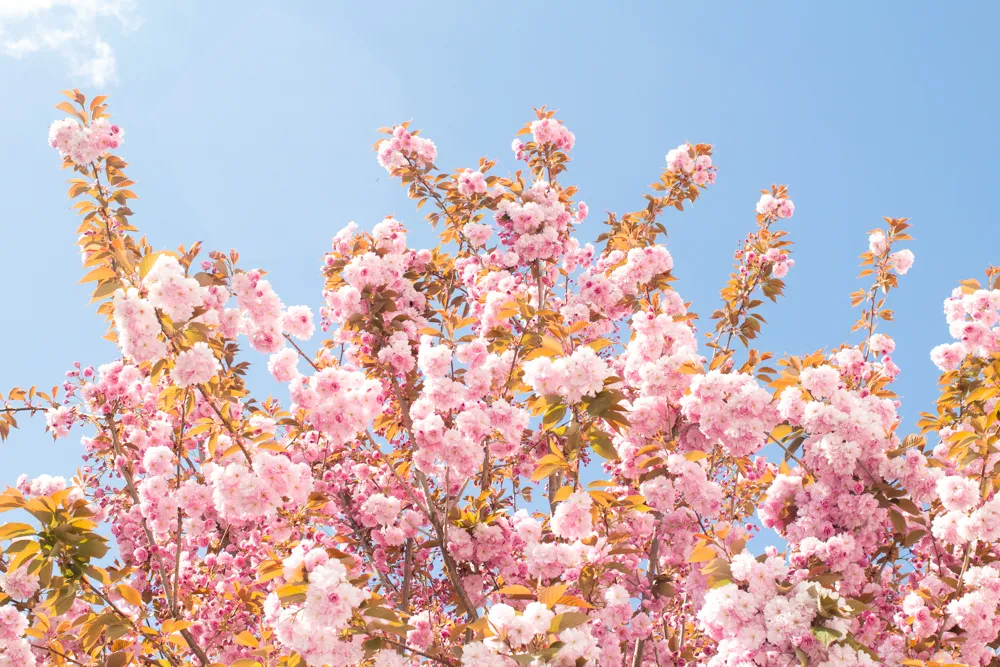
With a distinctive smell of candyfloss in early autumn, these stunning trees are grown for their attractive rounded leaves. The pretty leaves turn into dazzling shades of orange and red in autumn. A mature tree can be about 10 meters, and the wonderful smell carries quite a long distance making these plants a stunning addition to your garden.
3. Hazel tree
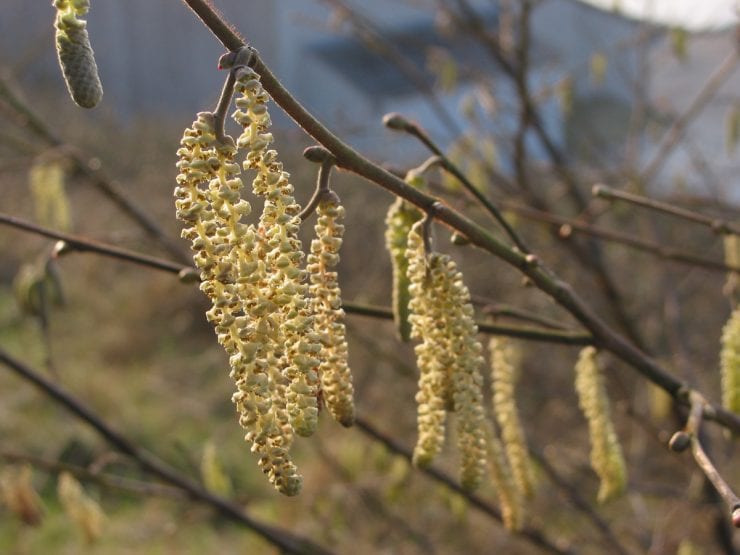
Hazel trees are native to Europe, and these stunning trees show some of the most beautiful fall colours. An extremely hardy tree, it can withstand varied temperature conditions like in the UK. It is most commonly chosen for the edible nuts and also the beautiful twisting, contorted stems.
4. Flowering Cherry Trees
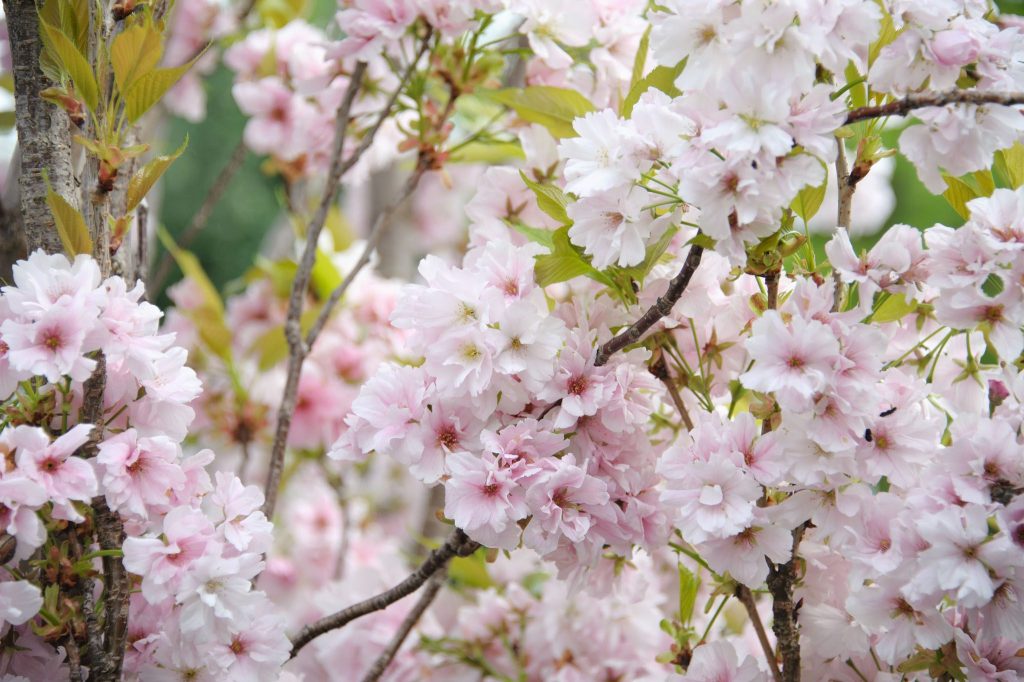
These stunning flowering plants need minimal care and bloom with showy flowers in pink and white in spring. The seasonally changing foliage is remarkable and one of the most attractive features. The flowering season is short, and the fall colours of these plants are beautiful.
5. Magnolias
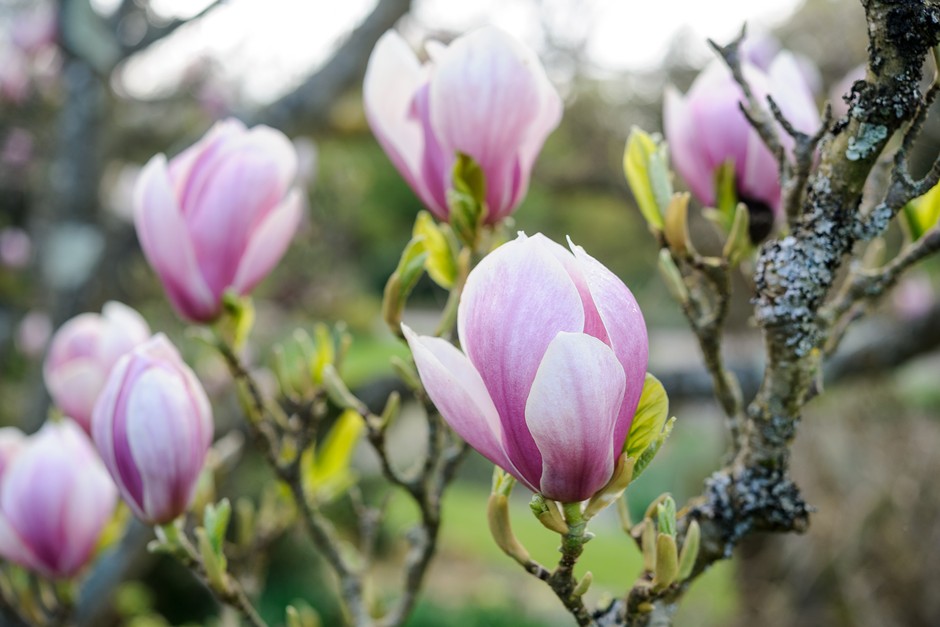
These stunningly beautiful trees produce blooms that will leave everyone enthralled in the spring season. The large tulip-shaped flowers come in various shades of pink, yellow, or purple.
Adding Deciduous Plants to Your Garden
With stunning vistas and being highly resilient, deciduous trees are a great addition to your garden. The colourful fall leaves look stunning in the dreary cold but can create a cause of concern when they fall down. Be sure to rake the leaves regularly to have hassle-free lawn maintenance.
So whether you plan to add these plants for their stunning fall colours or for their produce or their hardiness, they make for easy plants to maintain and grow. And the beauty they add to your garden is immeasurable.
So which one of these beautiful plants are you adding to your garden today?

